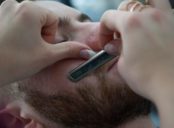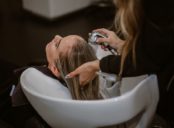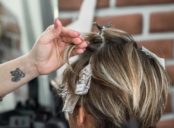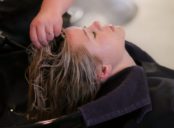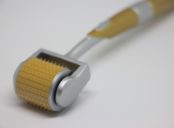Makeup Primer: The Ultimate Guide for Flawless Makeup Application
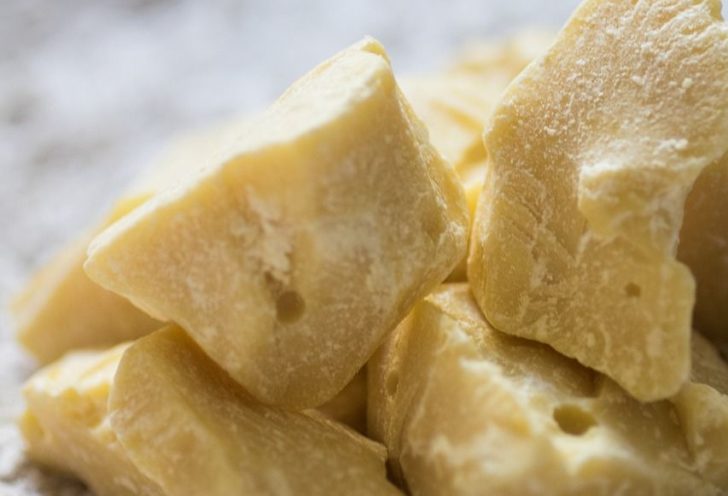
Makeup Primer: Achieving Flawless Makeup Application
Introduction:

Makeup primer, often referred to as the secret weapon of makeup artists and beauty enthusiasts, plays a vital role in creating a flawless and long-lasting makeup look. In this comprehensive article, we will delve into the world of makeup primers, exploring what they are, the different types available, popular brands, and their quantifiable effects. Additionally, we will discuss how various makeup primers differ from each other, their historical journey, and the advantages and disadvantages they offer.
Understanding Makeup Primer
Makeup primer is a cosmetic product applied to the skin prior to foundation and other makeup products. The primary purpose of a makeup primer is to prep the skin, creating a smooth canvas for seamless makeup application. It helps to extend the wear of foundation, minimize the appearance of pores, smooth out fine lines and wrinkles, and improve overall skin texture.
Types and Popularity of Makeup Primers
There is a wide array of makeup primers available on the market. Each type is formulated to address specific concerns and cater to different skin types.
1. Silicone-Based Primers: These primers create a velvety-smooth finish on the skin’s surface, providing a flawless base for foundation. They fill in pores, fine lines, and imperfections, resulting in a refined complexion. Popular silicone-based primers include Smashbox Photo Finish Foundation Primer and Benefit Cosmetics The POREfessional Face Primer.
2. Water-Based Primers: Ideal for oily and combination skin, water-based primers have a lightweight texture that hydrates the skin without adding extra oil. They help to control shine and improve makeup longevity. Notable water-based primers include NARS Pore & Shine Control Primer and Maybelline Baby Skin Instant Pore Eraser.
3. Illuminating Primers: Designed to give the skin a radiant glow, illuminating primers contain light-reflecting particles that add luminosity and a subtle shimmer. They are perfect for dull or dry skin, providing a healthy, dewy finish. Popular illuminating primers include Becca Backlight Priming Filter and Laura Mercier Foundation Primer – Radiance.
4. Color-Correcting Primers: These primers come in various shades to neutralize specific skin concerns. Green primers target redness, lavender counters sallowness, peach brightens dullness, and so on. By balancing out the skin tone, color-correcting primers create a more even complexion. Noteworthy color-correcting primers are Smashbox Photo Finish Color Correcting Foundation Primer and NYX Professional Makeup Studio Perfect Primer.
Quantifying the Benefits of Makeup Primers
While the effectiveness of makeup primers can vary depending on individual preferences and skin types, there are several quantifiable measurements that can gauge their benefits:
1. Longevity: Makeup primers help makeup last longer by creating a barrier between the skin’s natural oils and the foundation. Studies have shown that using a primer can extend the wear of foundation by up to 50%.
2. Smoothness: Primers, especially those with silicone, fill in pores and fine lines, resulting in a smoother complexion. Quantifiable measurements such as the reduction in the appearance of pore size and increased skin smoothness can demonstrate the effectiveness of primers.
3. Oil Control: Primers formulated to control oil production can significantly reduce shine and break down of makeup throughout the day. Tests measuring sebum production and shine control can provide quantitative data on the effectiveness of oil-controlling primers.
4. Makeup Application Ease: Primers provide a smooth canvas for makeup application, making it easier to blend foundation seamlessly. Measuring the ease of application, product adherence, and overall makeup finish can quantify how primers facilitate effortless makeup application.
Exploring Differences Among Makeup Primers
Despite serving a common purpose, makeup primers differ in composition, texture, and targeted benefits. Understanding these differences can help individuals choose the most suitable primer for their skin type and concerns.
1. Texture: Primers can have a silky, gel-like, or creamy texture, which affects how they feel on the skin and their compatibility with different makeup products. Some primers aim for a mattifying effect, while others provide a more hydrating or dewy finish.
2. Ingredients: Each type of primer has distinct ingredients tailored to different skin concerns. For example, silicone-based primers contain dimethicone, which creates a smooth, poreless effect. On the other hand, water-based primers often feature hydrating ingredients like hyaluronic acid.
3. Sun Protection: Some primers come with added SPF, providing an extra layer of protection against harmful UV rays. This feature is particularly beneficial for individuals seeking convenience and sun protection in one product.
4. Skin Type Compatibility: Different primers cater to specific skin types. While silicone-based primers may work well for most skin types, those with oily or acne-prone skin may find water-based or oil-free primers more suitable. It is essential to choose a primer that complements your skin type to achieve the desired results.
Historical Perspective on Makeup Primers
Makeup primers have a fascinating historical journey, with their advantages and disadvantages continuously evolving over time.
Early makeup primers can be traced back to ancient civilizations, where concoctions of natural ingredients like clay and powders were applied to the face to provide a smoother base for makeup application. These primitive primers aimed to keep makeup intact and prevent it from melting off under the heat.
In modern times, makeup primers significantly evolved to become technologically advanced products with revolutionary formulations. The rise of HD cameras and high-definition television fueled the demand for primers that enhanced the appearance of the skin.
Advantages of modern makeup primers include the ability to prolong makeup wear, improve skin texture, and create a flawless finish. However, disadvantages such as potential pore-clogging and increased reliance on additional skincare steps have been hotly debated.
As more research and innovation are dedicated to the development of makeup primers, future advancements may address these concerns and lead to even more effective and versatile products.
In conclusion, makeup primers offer a multitude of benefits for achieving flawless makeup application. With various types to cater to different needs and a myriad of popular brands in existence, selecting the right primer can enhance the longevity, smoothness, and overall finish of your makeup look. Understanding the quantitative measurements behind primers and their historical evolution can further assist in making informed choices. Whether you desire poreless perfection, oil control, or a radiant glow, incorporating a suitable makeup primer into your routine can elevate your makeup game to new heights.




